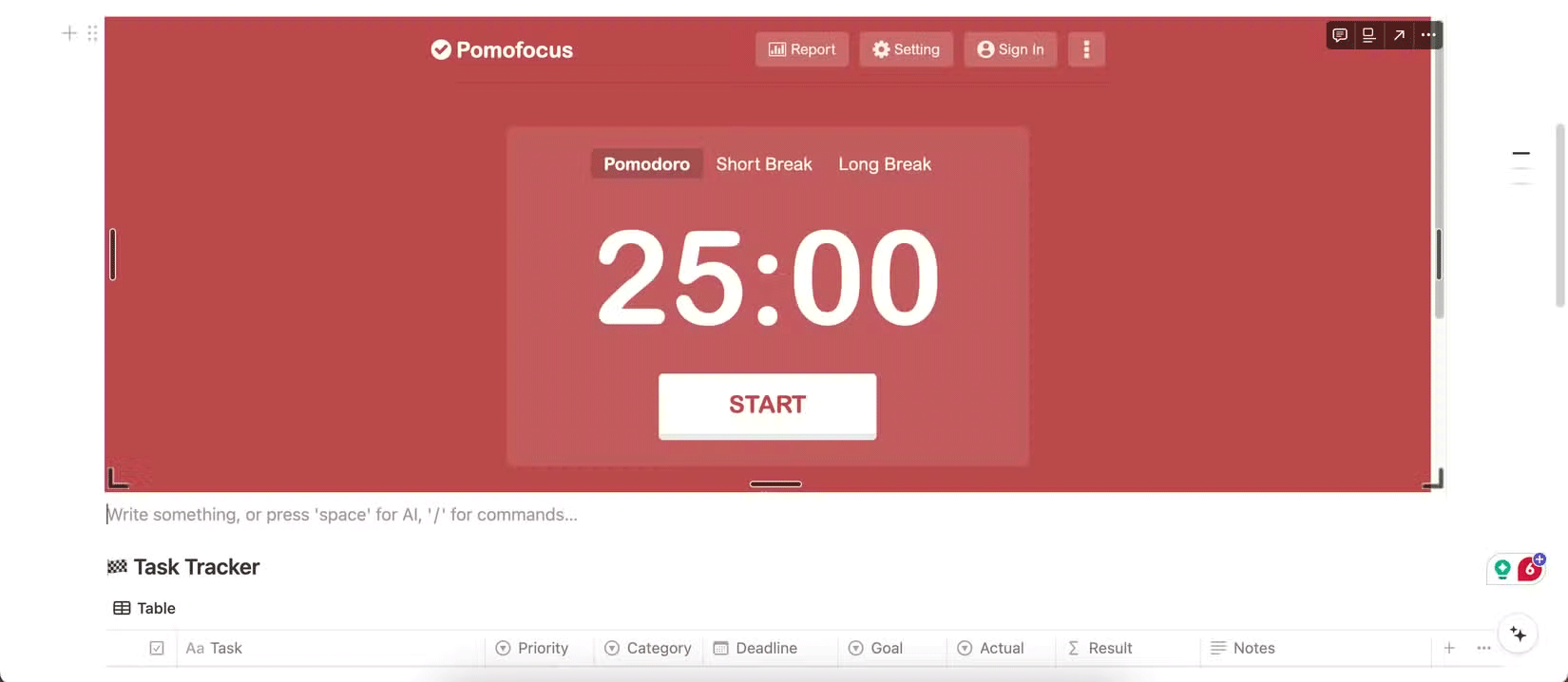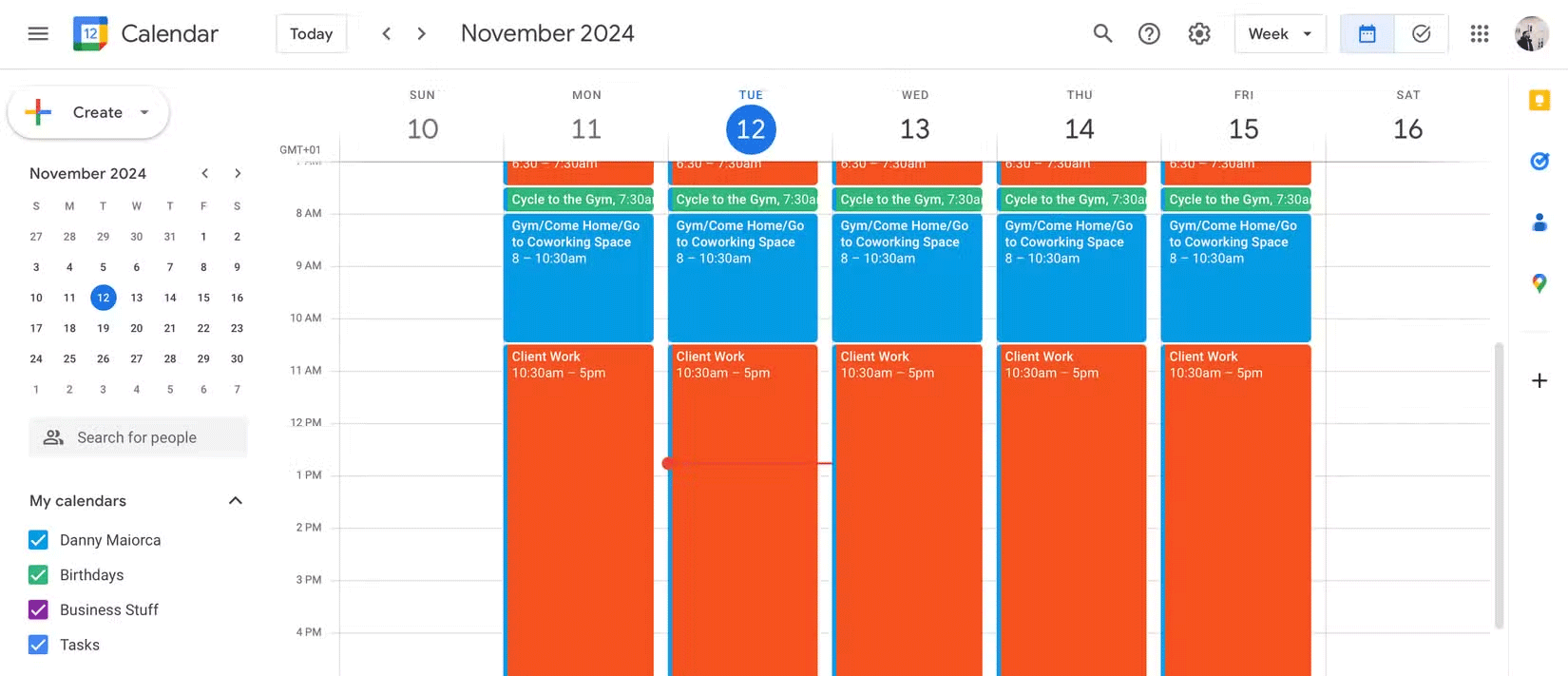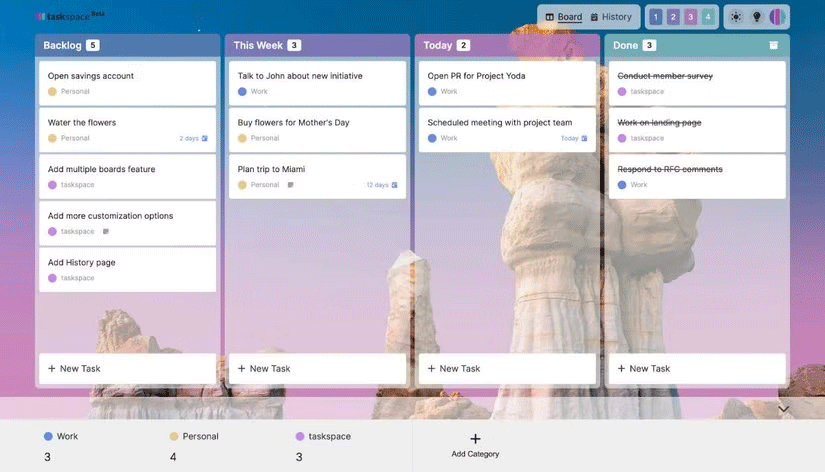5 Surprising Disadvantages of Using the Pomodor Technique
The Pomodoro Technique may seem like a golden ticket to increased productivity. However, while many people find it effective, there are downsides to the technique. In fact, some aspects of the method can hinder productivity, disrupt your workflow, or even cause additional stress.
1. Disrupts deep concentration
One of the biggest drawbacks to using the Pomodoro technique is that it can disrupt deep concentration. When you're working on something that requires deep concentration, like writing, it often takes 15 to 20 minutes to reach a state of concentration. When you're completely immersed in your writing, the last thing you want is for a timer to go off and interrupt your flow.
While the Pomodoro technique has its place in helping to get started on a task, it often hinders the ability to maintain complete focus and productivity.

2. Not suitable for complex projects
The Pomodoro Technique works well for simple, repetitive tasks like replying to emails or doing research for your articles. However, it doesn't work well for complex projects that require creativity, problem solving, or deep thinking. For projects like these, you need the flexibility to let ideas develop naturally rather than forcing yourself to think within a certain time frame.
3. Rigid time frames can affect results
Knowing that you only have 25 minutes to complete a segment and watching the countdown timer often makes you feel pressured to rush through tasks. Racing against the countdown timer can be counterproductive as it can encourage you to cut corners and affect the quality of your results.

4. Not suitable for many energy levels
Most people feel more energetic and productive at certain times of the day. Sticking to rigid work intervals like the Pomodoro Technique may not align with your natural peaks and troughs in energy. For example, forcing yourself to work for 25 minutes during low-energy periods, instead of taking longer breaks, can lead to decreased productivity and burnout.
On the other hand, 25 minutes may be too short during your high-energy periods, and having to take frequent breaks may disrupt your motivation. You can avoid burnout and be more productive with your normal rhythm—a 90- to 120-minute peak energy cycle followed by a short recovery period.
Knowing your most productive times of day and scheduling your demanding tasks accordingly can help you get more done without feeling burned out.
5. Conflict with cooperation
It's difficult to apply the Pomodoro technique in a collaborative environment with meetings, group projects, or impromptu conversations. If you work in a team or with other people, you'll always need to cut your Pomodoro session short whenever there's an interruption, which breaks the structure of the method.

Overall, the Pomodoro technique is better suited for individual work. If you need a more collaborative productivity system, consider managing your tasks using the Japanese Kanban technique. The Kanban technique is ideal for teams because it allows you to easily track who is doing what and where each task is in the process.
You should read it
- AVL tree in data structure and algorithm
- Learn about the Whaling network attack technique
- Web8: XSS Exploits - Part 2: Stored XSS
- PrintListener technique: Steal fingerprints just by listening to the sound of swiping the screen
- How to use Morphing morphing techniques in Photoshop
- New 3D printing techniques especially for stainless steel materials
 Things to do when shopping on Black Friday
Things to do when shopping on Black Friday How to present survey results in PowerPoint or Google Slides
How to present survey results in PowerPoint or Google Slides 200+ first sight words for children learning English
200+ first sight words for children learning English How to overcome fear when going to traditional markets
How to overcome fear when going to traditional markets Suggest good ideas for bulletin boards for schools
Suggest good ideas for bulletin boards for schools Why is Slidesgo useful for students?
Why is Slidesgo useful for students?